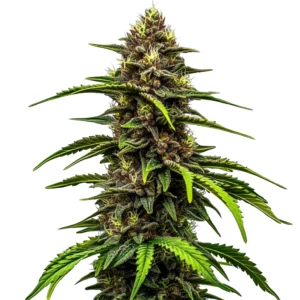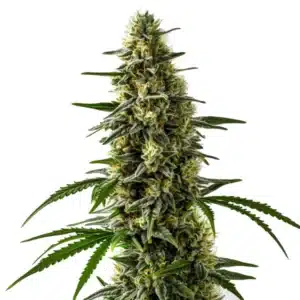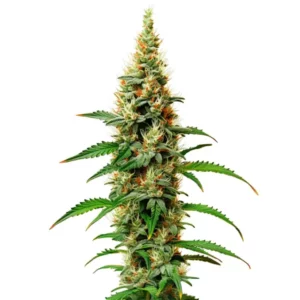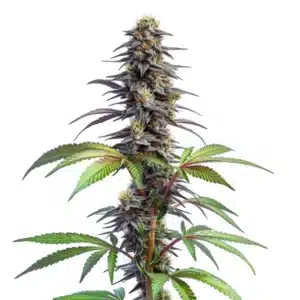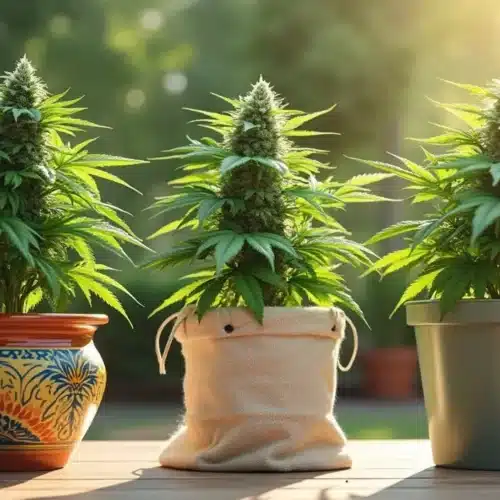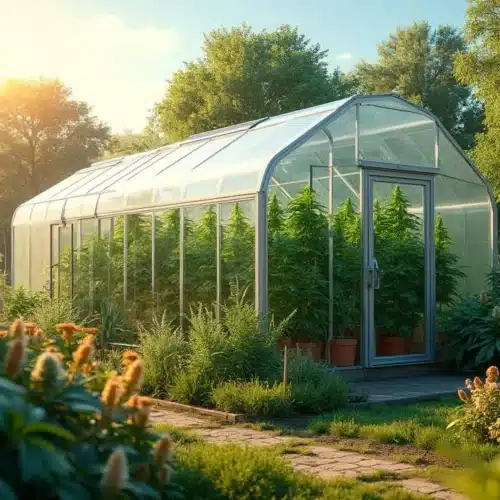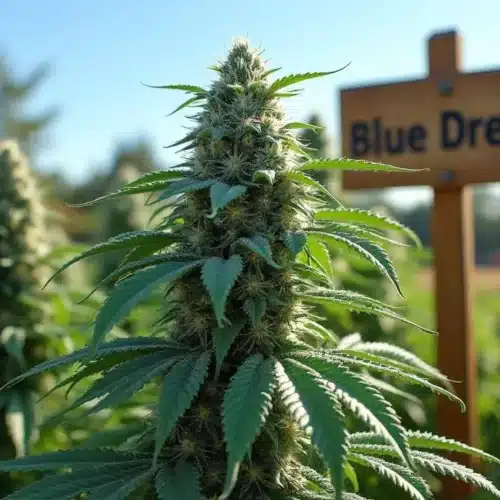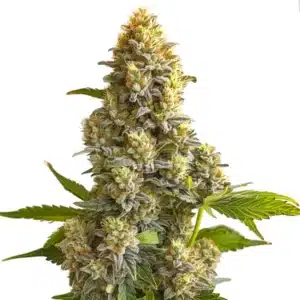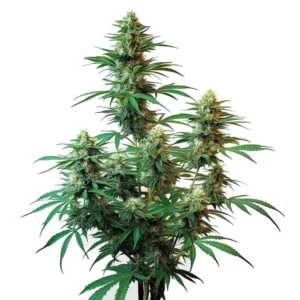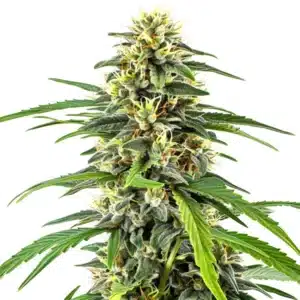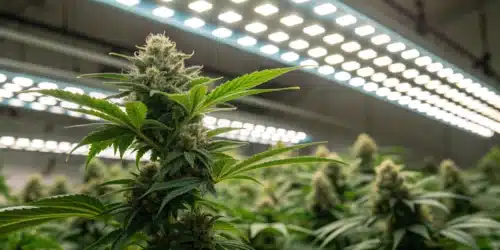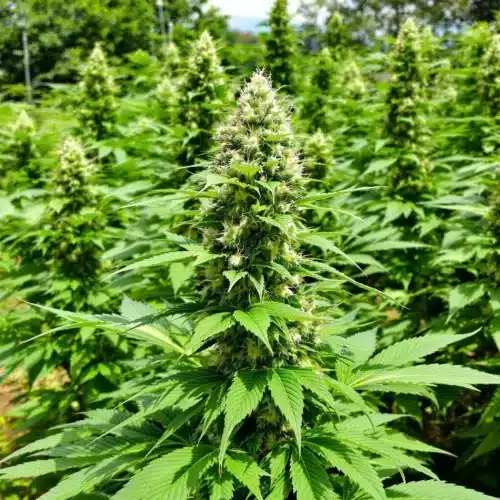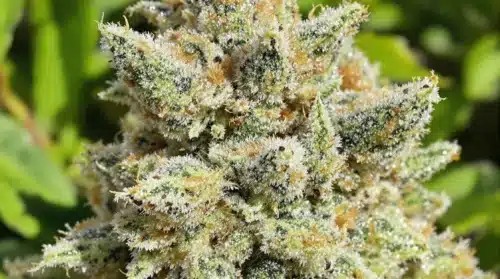When it comes to outdoor gardening, particularly with plants like cannabis, selecting the right fertilizer is critical for promoting healthy growth and maximizing yield. The appropriate nutrients supplied at various growth stages, from seedlings to mature plants, can significantly impact your garden’s success. This guide aims to simplify your decision-making process, ensuring your plants thrive.
Cannabis plants thrive on a balanced mix of essential nutrients. These include macronutrients like nitrogen (N), phosphorus (P), and potassium (K), as well as micronutrients such as calcium, magnesium, and iron. Understanding the significance of each nutrient can help you make informed decisions about fertilizer choices.
Nitrogen is crucial for leaf growth, contributing to lush, green foliage, while phosphorus promotes robust root structure and flowering. Potassium is vital for overall plant health, enabling resilience against pests and diseases. By focusing on the specific needs of your plants, you can select fertilizers that provide the right balance of nutrients.
Key Nutrients Explained
- Nitrogen (N): Vital for promoting healthy foliage and vibrant green leaves.
- Phosphorus (P): Essential for root growth and flower development, leading to bountiful harvests.
- Potassium (K): Important for overall plant health and resistance to environmental stressors.
Each of these nutrients plays a vital role in the lifecycle of your cannabis plants. Knowing their functions helps in making better fertilizer selections. Many commercially available products combine these nutrients in optimal ratios, simplifying the application process for gardeners.
Adequate nutrient management is essential, as deficiencies can result in visible symptoms such as yellowing leaves or stunted growth. Therefore, understanding how to balance these essential elements can make a significant difference in your crop’s health and productivity.
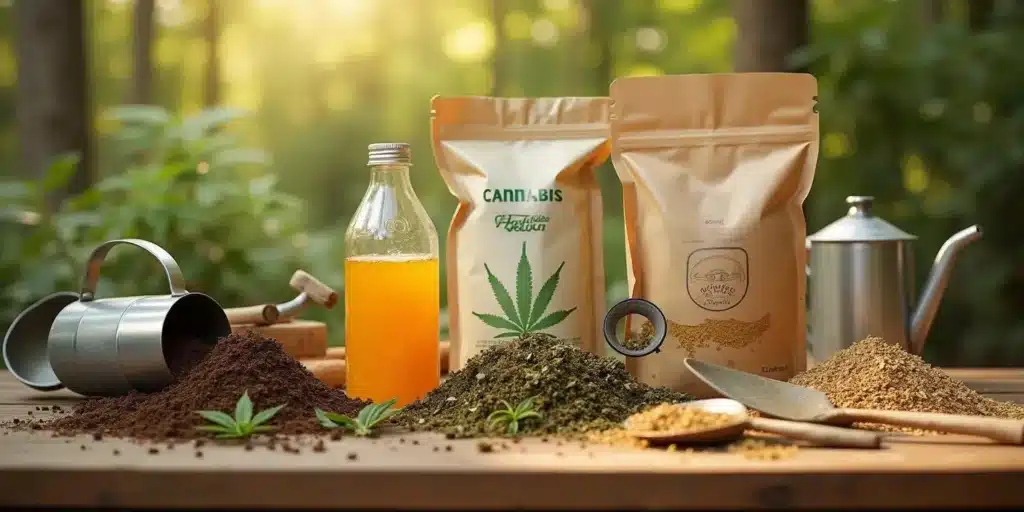
Promos & Deals
Choosing the Right Fertilizer
Selecting the best fertilizer isn’t a one-size-fits-all approach. To make the most suitable choice, consider factors such as your local soil quality, the specific strains you have, and the growth stages they are in. Fertilizers come in numerous forms, including granular, liquid, and organic options, each with its own advantages depending on your gardening style and plant needs.
Granular fertilizers are typically slow-release, ensuring that your plants receive a steady supply of nutrients over time, making them ideal for long-term growth. Conversely, liquid fertilizers can provide a quick nutrient boost and are particularly beneficial during critical growth stages when plants need immediate nourishment.
Types of Fertilizers
- Organic Fertilizers: Crafted from natural materials, these options not only feed plants but also enhance soil health and structure.
- Liquid Nutrients: Fast-acting and effective, perfect for supplying immediate nutrient needs.
- Slow-Release Granules: Deliver nutrients gradually, ensuring long-term plant health.
Organic fertilizers can be beneficial, promoting not just plant growth but also improving the overall ecosystem of your garden. Liquid fertilizers may be necessary during rapid growth phases when immediate access to nutrients is critical. Understanding your soil composition and the unique needs of your plants will guide you in making the most informed fertilizer choice.
Researching and experimenting with different types of fertilizers allows you to learn what works best for your particular garden. Keep in mind that variations in soil health, environmental factors, and plant types can influence how different fertilizers perform.
Popular Fertilizer Brands
Several well-regarded fertilizer brands cater specifically to outdoor gardeners. When choosing a product, it’s crucial to consider each brand’s reputation and the quality of their formulations. Selecting a brand that has developed products designed for cannabis cultivation can greatly enhance your gardening experience.
When searching for top-quality options, consider brands that offer organic or specialty nutrients tailored for your plants’ growth stages. This will help ensure your plants receive precise nutrition catered to their needs, making your gardening journey more rewarding.

Recommended Fertilizer Brands
- FoxFarm: Renowned for its high-quality soil mixes and fertilizers with proven effectiveness.
- Advanced Nutrients: Provides a comprehensive variety of products designed for all stages of growth.
- BioBizz: Offers organic fertilizers perfect for sustainable gardening practices.
These brands have become favorites among cannabis cultivators due to their reputation for quality and effectiveness. Their specialized formulations cater to a range of growth stages, ensuring your plants receive the best possible nutrients for outdoor cultivation.
Don’t hesitate to read reviews and seek feedback from other gardeners, as personal experiences can guide you toward the best choices for your own unique setup.
Application Techniques
The method you choose for applying fertilizer directly affects the health of your plants. Proper application techniques ensure that nutrients reach the root systems efficiently, reducing waste and maximizing nutrient absorption. Be cautious with over-fertilization, as it can lead to nutrient lockout and negatively impact plant health.
For optimal results, fertilizer should ideally be applied in the early morning or late afternoon, when temperatures are cooler. This avoids nutrient degradation caused by harsh sunlight. Pay close attention to how your plants respond after fertilization, adjusting your approach if necessary. Regular monitoring will contribute to a flourishing garden.
Steps to Apply Fertilizer
- Choose the right fertilizer for your plant’s specific growth stage.
- Measure the recommended dosage based on the product instructions.
- Apply the fertilizer evenly around the plant’s base.
- Water thoroughly to promote nutrient uptake in the soil.
By adhering to these steps, you’re more likely to promote consistent and balanced nutrition throughout your plants’ life cycles. This process minimizes the risk of over-fertilization while establishing a healthy growing environment.
Taking the time to understand the nuances of application can significantly contribute to a successful outdoor gardening experience, ultimately leading to healthier and more productive plants.
Strains to Consider for Outdoor Growth
When selecting strains for outdoor cultivation, it’s essential to pick those that flourish in your local climate. Here are three popular strains to consider that demonstrate resilience and productivity in outdoor environments:
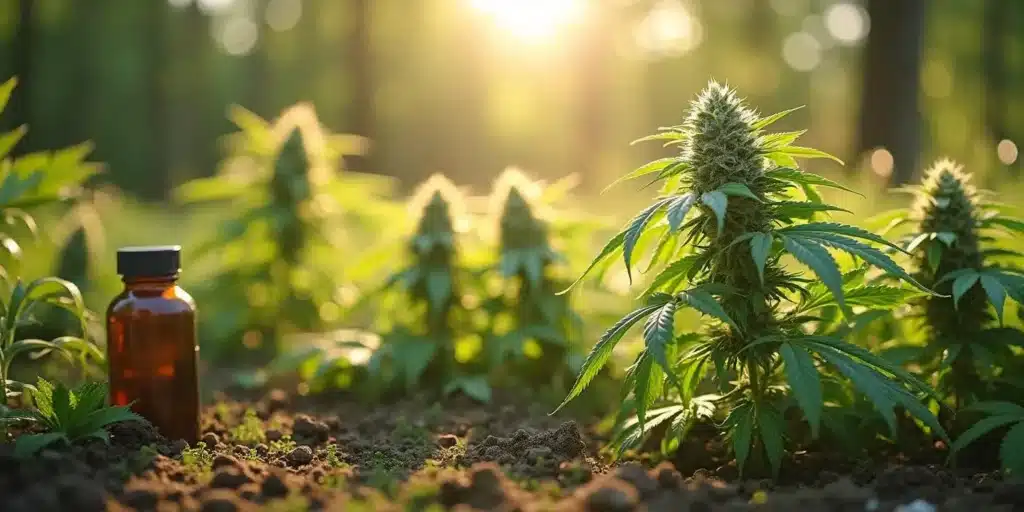
- Amnesia Haze: Celebrated for its durability under various weather conditions, this strain often yields impressively.
- Super Silver Haze: Known for its strong growth and pleasant effects, making it a favorite among outdoor growers.
- White Widow: A highly versatile strain that performs well outdoors while delivering a balanced experience.
Choosing the appropriate strain that aligns with your environmental conditions can significantly enhance your chances of successful cultivation. Each of these strains offers unique traits allowing them to thrive in outdoor settings.
Don’t forget to research and learn about local conditions that affect outdoor growth. The right strain not only ensures a bountiful yield but also increases your gardening satisfaction.
Common Problems and Solutions
Gardening outdoors inevitably comes with challenges, such as nutrient deficiencies and pest problems. Staying vigilant and responsive to potential issues is key. Deficiencies can present symptoms like yellowing leaves or stunted growth, implying the need for adjustments to your fertilization practices.
Regularly inspecting your plants helps catch pests early, and implementing preventative measures, such as companion planting or using organic pesticides, can protect your crops. A proactive approach is essential for nurturing a thriving outdoor garden.
Common Issues and Their Remedies
- Nitrogen Deficiency: Yellowing leaves are a common symptom—solution: apply a nitrogen-rich fertilizer.
- Pest Infestations: Watch for signs of insect damage—solution: consider using natural pesticides or companion plants.
- Over-Fertilization: Look for burnt leaf tips—solution: flush the soil with water to reduce nutrient concentration.
Familiarizing yourself with these potential issues will better equip you to maintain your garden’s health. An anticipatory approach to potential problems will vastly improve the odds of a successful outdoor grow.
FAQs
What is the best time to fertilize outdoor plants?
The ideal times for fertilizing outdoor plants are early in the morning or late in the afternoon. This timing allows for optimal nutrient absorption while avoiding degradation from heat and sunlight.
How often should I fertilize my outdoor plants?
The fertilization frequency can vary depending on the plant’s growth stage and the soil’s condition. Typically, fertilizing every two weeks during the vegetative stage works well. As your plants enter the flowering phase, transition to a blooming fertilizer, continuing every two weeks or following the product guidelines.
Can standard garden fertilizer be used on cannabis plants?
While conventional garden fertilizers can be utilized, it’s generally advisable to opt for products specifically designed for cannabis. These specialized fertilizers cater to the unique nutritional needs of cannabis plants throughout their growth cycles, providing a more effective feeding strategy.
Are there any organic options for outdoor gardening?
Yes, there are numerous organic fertilizers available that can enhance soil health and sustainability. Utilizing organic options ensures that your gardening practice is environmentally friendly while providing essential nutrients to your plants.
How do I know if my plants need more fertilizer?
Signs of nutrient deficiency, such as yellowing leaves, poor growth, or unusual leaf patterns, can indicate a need for more fertilizer. Regular monitoring of plant health and their response after fertilization can provide valuable insights.

